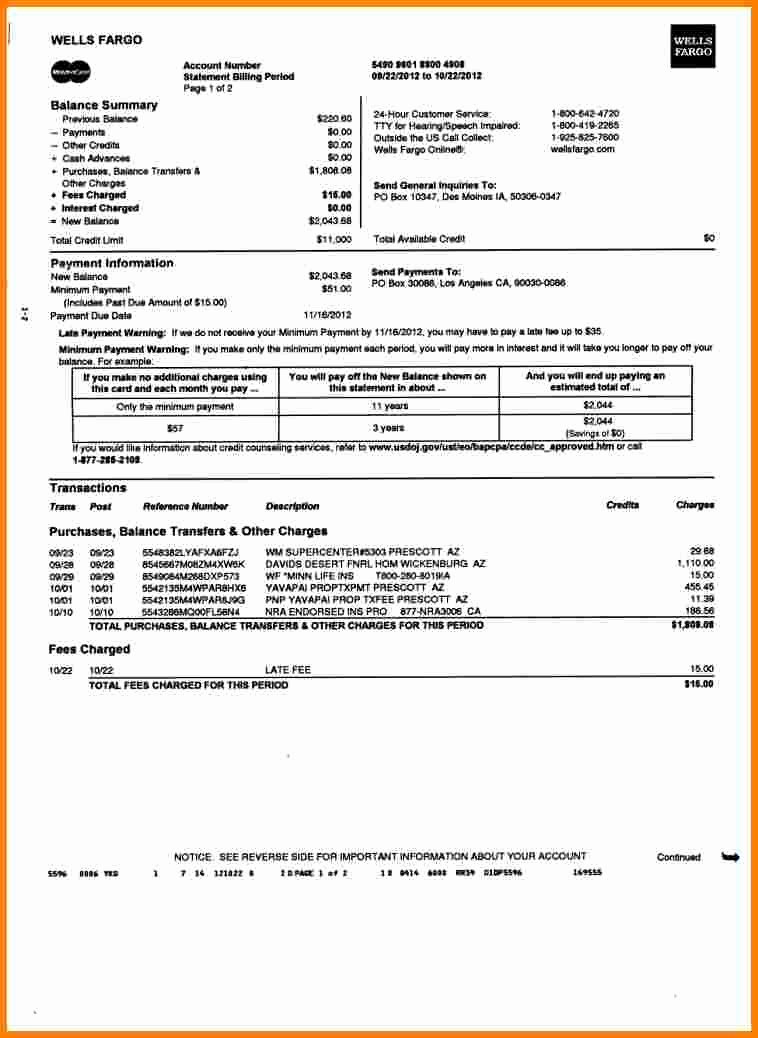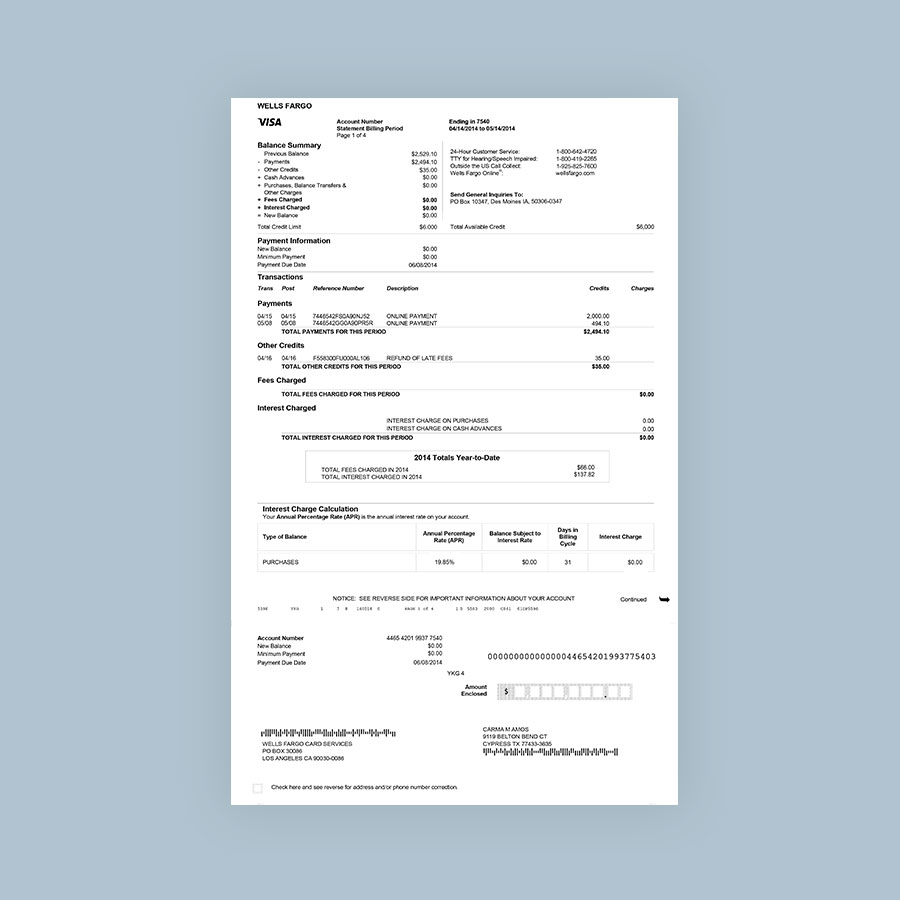

This is information that is inherent to the user’s digital usage, rather than the ID documents they submit. You want to look at alternative digital data. Solution for Spotting Synthetic Identities? Sophisticated fraudsters will even go as far as creating deepfakes to fool video selfie ID verification services.

Their records won’t be flagged by ID verification systems because they’ve never appeared anywhere else.įraudsters also increasingly rely on “rent-an-ID” service, where people desperate for a quick payment actually lend their details in exchange for cash.Īs for the made-up data, there is no shortage of services fraudsters can use to create fake IDs in seconds. These are all people with “thin credit files” or non-existent credit history. Fake job ads and online scams are also a good source of phishing IDs. The stolen IDs tend to come from the usual sources: data breaches, phishing, and even the ID records of children, unbanked or homeless people, the deceased, or incarcerated individuals. And while the Social Security Administration launched an electronic verification service in 2020, synthetic IDs still remain a problem. This would be hard for a KYC system to detect because social security numbers couldn’t always be checked electronically. Put simply, these are identities stitched together using real people’s data and made-up data.Ī common example of a synthetic identity would include a real name and date of birth but a stolen social security number. This is why fraudsters currently rely a lot on synthetic identities.

But banks became wise to the tactic, and identity verification software got better at flagging IDs that appeared on data breaches. It used to be easy enough with stolen identities. The first step for a fraudster is to fool your KYC checks. How do they do it? And, more to the point, how do you stop them? Let’s find out. And, still, fraudsters manage to open bank accounts. Your neobank, challenger bank, or traditional financial institution has all the right KYC validations in place.


 0 kommentar(er)
0 kommentar(er)
